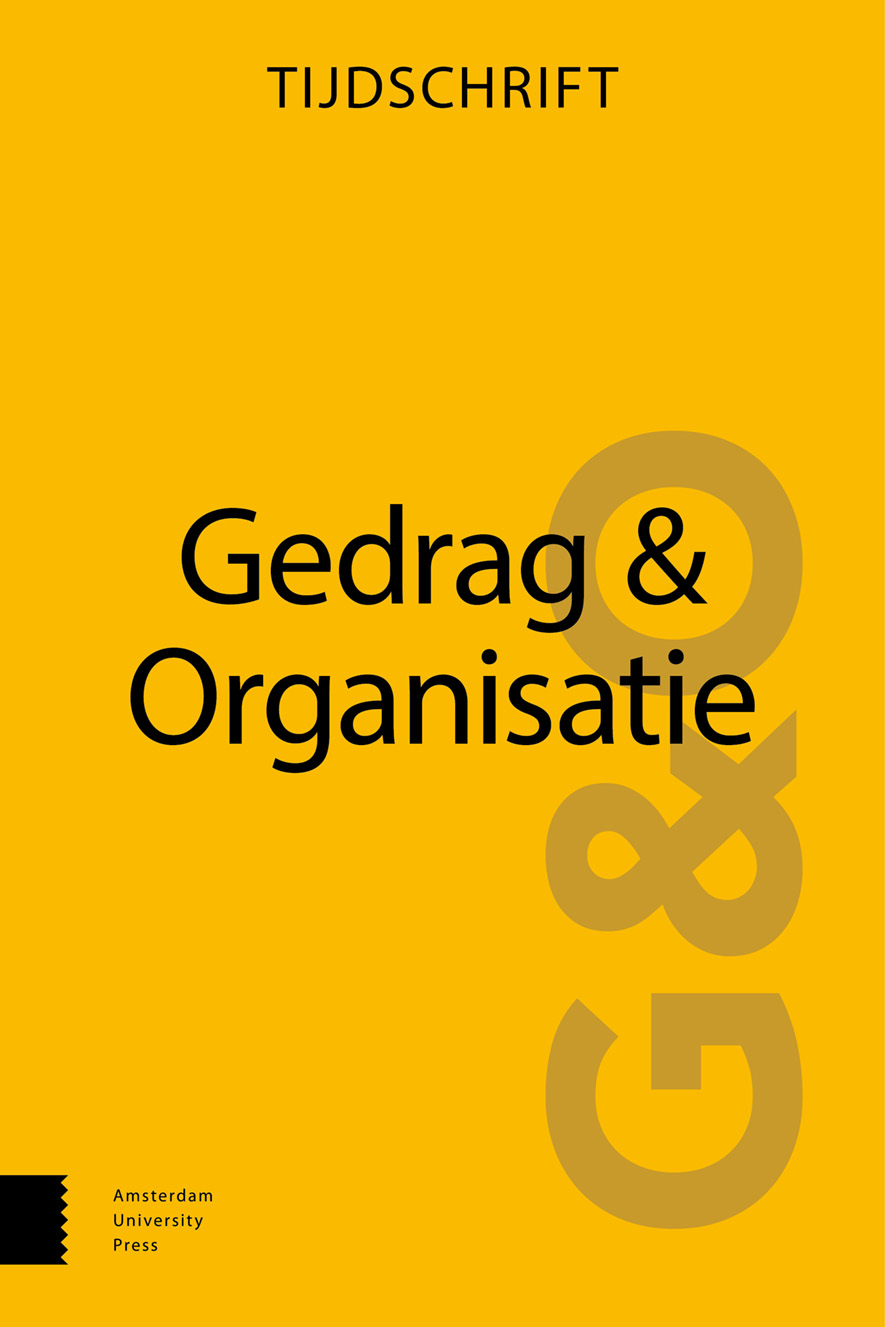
Full text loading...
We use cookies to track usage and preferences.I Understand
 , Rob Blomme2
, Rob Blomme2 , Martine Coun3
, Martine Coun3 , Yvette Abbing-Fokkert4 & Maikel Nijmeijer5
, Yvette Abbing-Fokkert4 & Maikel Nijmeijer5
Deze studie beoogt meer inzicht te geven in de relatie tussen empowerend leiderschap en proactief werkgedrag. Op basis van de empowerment- en telewerkliteratuur werd gehypothetiseerd dat empowerend leiderschap enerzijds mogelijkheden voor thuiswerkers schept, waarbij dezen meer zelf-effectiviteit ervaren en meer proactief werkgedrag vertonen. Anderzijds kan het een belastend proces in gang zetten, waarbij werknemers meer rolambiguïteit ervaren en minder proactief werkgedrag vertonen. Daarnaast werd verwacht dat professionele isolatie de verwachte positieve indirecte relatie tussen empowerend leiderschap en proactief werkgedrag via zelf-effectiviteit verzwakt en de verwachte negatieve indirecte relatie tussen empowerend leiderschap en proactief werkgedrag via rolambiguïteit versterkt. Op basis van data, verzameld onder 345 thuiswerkende werknemers tijdens de COVID-19-pandemie, bleek dat empowerend leiderschap een positieve indirecte relatie had met proactief werkgedrag via zelf-effectiviteit, en dat professionele isolatie deze relatie verzwakte. De indirecte relatie tussen empowerend leiderschap en proactief werkgedrag via rolambiguïteit was niet significant en werd niet gemodereerd door professionele isolatie. Er werd wel een onverwachte negatieve relatie gevonden tussen empowerend leiderschap en rolambiguïteit. Deze bevindingen dragen bij aan het debat rondom leiderschap in thuiswerkcontexten en hebben implicaties voor vervolgonderzoek en de managementpraktijk.

Article metrics loading...

Full text loading...
References


Data & Media loading...

